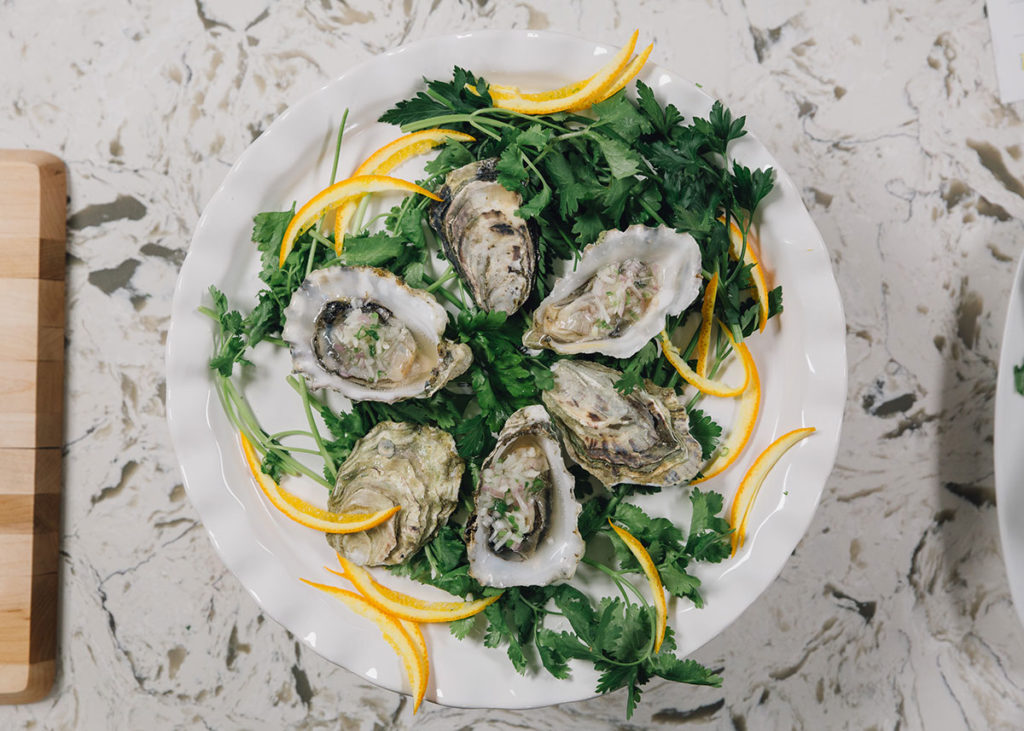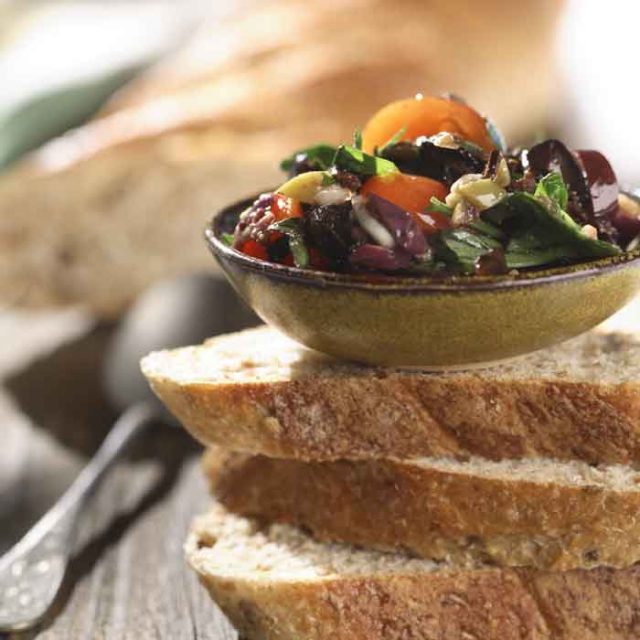How to start your sustainable seafood journey.

Our oceans, covering more than 70 percent of the earth, act as the lungs for our planet and in order for mother nature to thrive, we need to keep them healthy.
When it comes to the health of those oceans, humans are having a profound impact. Did you know that roughly 90 percent of the world’s fish stocks are now fully fished or over-fished as a direct result of our increased demand for seafood? Over-fishing, to feed what seems to be an insatiable appetite for seafood, is the single biggest threat our oceans face today.
Meet an Expert: Chef Ned Bell
Chef Ned Bell is a well-known Canadian culinary talent who has forged a path as a chef advocate, keynote speaker and educator, and now owner and chef at Naramata Inn. As one of the country’s leading chefs, he has used his voice, outgoing personality, and indomitable spirit to stand up for the world’s lakes, oceans and rivers. As a father of three sons, Bell has dedicated himself to inspiring and educating people to become part of the solution for healthier oceans for today’s children and all the generations to come.
Why choose responsible, sustainable seafood?

Very simply, it will help relieve the pressure on overfished species, promote responsible aquaculture (fish farming) and will ensure that we continue to enjoy seafood for generations to come.
Now unless you’re living on a coast somewhere, in much of landlocked Canada there’s a good chance you’re sourcing seafood from your local supermarket. Luckily, delicious, quality and sustainable fish and seafood can be found anywhere. You just need to know where and how to look.
How do I choose sustainable seafood?
Ned’s advice?
The most important thing you can do is simply ask the question – ‘Is this sustainable?’ Having an awareness that your choice about fish and seafood makes an impact on sustainability is an important first step. – Chef Ned Bell
If you’re eating at a restaurant, you can ask questions about the fish and seafood on the menu.
If you’re purchasing fish or seafood for home and it’s a store that specializes in seafood, you can ask the fish monger directly.
If you, like many Canadians, shop exclusively at supermarkets or food retailers that may have a fish counter or frozen seafood section not staffed by experts, you have a few great options. Certification is your best friend if you purchase seafood from a supermarket because it comes with a handy label that will help you identify the best choices.
Certified Restaurants and Retailers
You can search for Ocean Wise partners (700 and growing!) across Canada by visiting their partner map: http://seafood.ocean.org/partners/ or using the free Ocean Wise app to search for retailers and restaurants in your area who carry sustainable options.
In the Grocery Store:
- You can look for certified seafood options, both wild and farmed. Ocean Wise recommends looking for certification by the Marine Stewardship Council (MSC) which certifies wild fish and seafood, or the Aquaculture Stewardship Council (ASC) which certifies farmed varieties.
Learn More:
- Finally, you can dig a little deeper and visit the Ocean Wise Seafood Search: http://seafood.ocean.org/seafood/browse to identify sustainable fish and seafood options based on the species (including subspecies), the harvest method and their region of origin. This is an excellent tool to use if you have the desire and time to learn more about the specifics of your seafood origin.
Ned’s Sustainable Seafood Challenge
Chef Bell says “it can be confusing for Canadians to always choose sustainably, but that’s not necessarily a bad thing. The confusion has led to the sustainability movement, which is still relatively new. When we ask questions, we can force technology and farming practices to improve. My challenge for Canadians is to try one new recipe a week and one new species a month – that makes 52 sustainable seafood meals in a year. Mother nature is amazing – she can recover if we give her a chance.”
As a mom who wants to be a friend to the environment and feed my family on a budget using simple delicious ingredients, I’ve found many of these certified options at the supermarket behind the fresh seafood counter, in the frozen aisle and among the canned goods. Buying certified does not have to mean sacrificing convenience and affordability
Are you up for the challenge? How will you make a shift to eat more responsible, sustainable seafood?
Eat Well…
Erin MacGregor, RD, PHEc.




